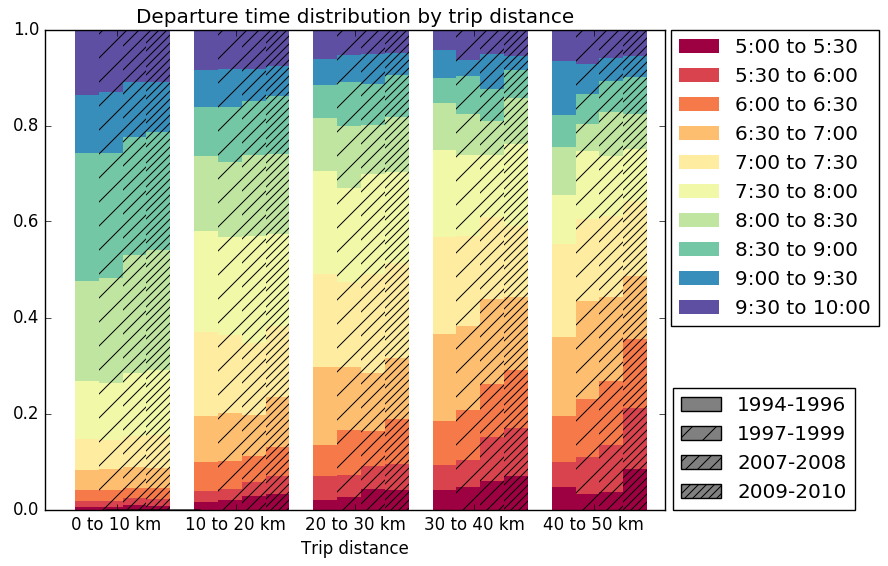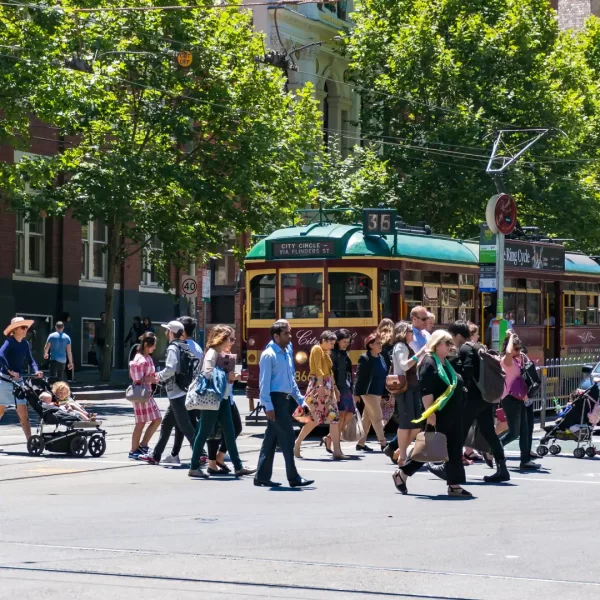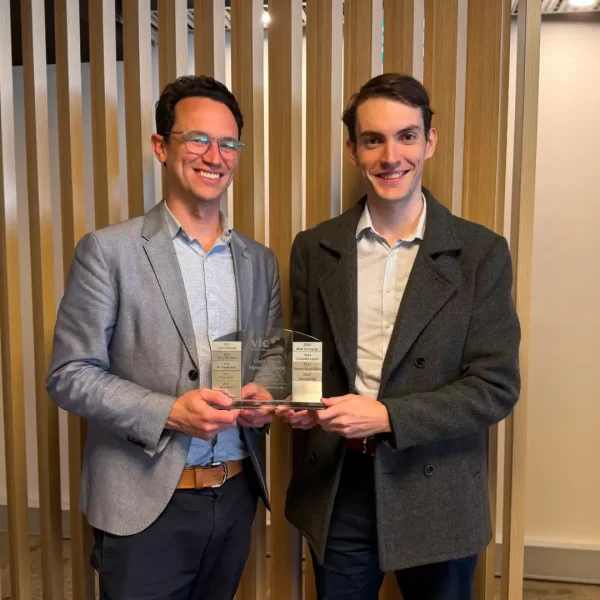
Good News: Australians are waking up earlier!
25 July 2016
Good News: Australians are waking up earlier!
Bad news: It is not because they want to.
Anybody in Australia would agree that our streets are more congested, and for longer periods of time during the day. It would also be correct to say that our buses, trams and trains are crowded much earlier in the day than they were a decade ago.
While this is the case, there is a general lack of evidence of people trying to avoid the worst part of the peak periods by travelling slightly earlier or later, a phenomenon commonly referred to as peak spreading.
However there is some “on-the-ground” evidence of more intense traffic in the periods just before and after the peak periods. An example of this is the VicRoads Monitor 2012-2013, which states that the peak period (which it defines as the period where flows exceed 85% of maximum flows) lengthened from 2h to 2.5h between 2002 and 2012.
Here at VLC we investigated peak spreading in Victoria with the support of the Victorian Department of Economic Development, Jobs, Transport and Resources. The analysis leveraged ten years of household travel surveys for Victoria spanning a period of 17 years (1994-1999, 2007-2010), and included two different survey generations, VATS (1994-1999) and VISTA (2007/08, 2009/10).
Curiously enough, the technical literature in our field lacks good references on how this type of data is analysed elsewhere. We therefore had to test several different metrics and charts that would highlight material peak spreading in the data.
We were able to produce the following chart, which shows the proportion of trips between 5:00 and 10:00AM that start in each 30 minute bracket.

This chart indicates that peak spreading happens mostly for longer trips, as the proportion of trips starting before 7:00 AM (red and oranges in the chart) increased from around 35% in the period 1994-1996 to over 45% in 2009/2010 for trips between 30 and 40 km. For longer trips (between 40 and 50 km), the differences are even more pronounced, with the proportion of early trips increasing significantly, from 35% to 50%.
Our initial investigation also supports the hypothesis that people with different trip lengths tend to start their trips at a different time, common knowledge that is not currently reflected in any transport model in general use in Australia.
These findings suggest that important improvements need to be introduced into the modelling practice in Australia, and we are committed to include these results in our models and to support our clients and other modellers in addressing these issues in their models.


